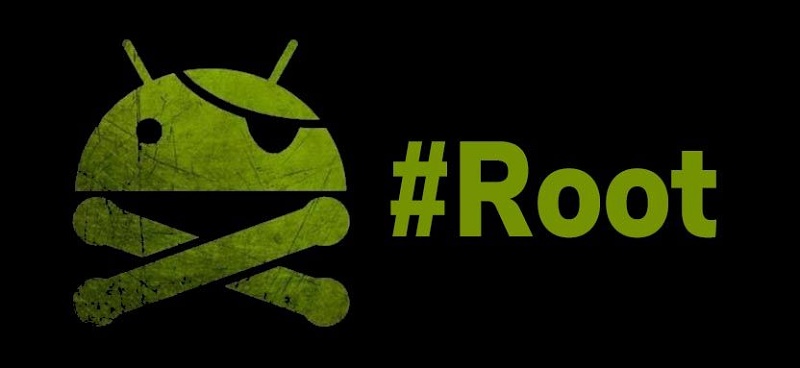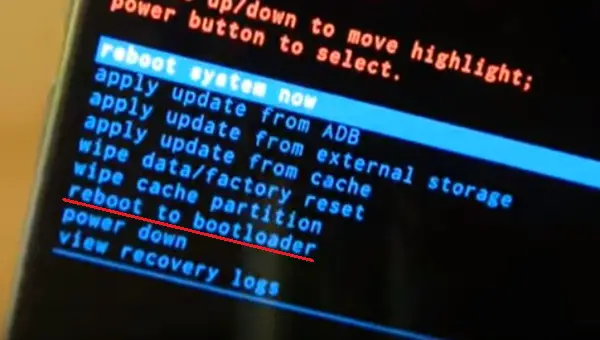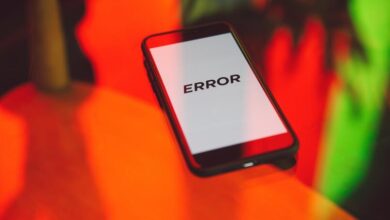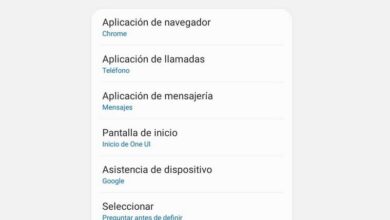Bootloader: what is the Android bootloader and what is it used for?

If you want root your mobile , you may have heard of the bootloader, an essential tool for the operation of all mobile operating systems on the market, especially with regard to Android, one of the most used in the world .
Also known as the boot manager, the bootloader plays a very important role , because it is he who is responsible for allowing the operating system of your mobile to start.
Although boot chargers are not exclusive to mobiles, but to any smart device, this term is mostly associated with them. In this article, we're going to teach you everything you need to know about your bootloader and what you can do with it. .
What is the starter launcher and what is it used for on smart devices?
Bootloader or bootloader is a program installed on smart devices which is responsible for telling it which programs it will start once you turn it on. This is the first program that is activated when you turn on your mobile and who is responsible for telling him whether to activate the operating system or whether you want to access another tool such as the famous recovery mode.
This program is generally developed by the same manufacturer of the mobile, and can be in two states; locked and unlocked .
How does the Bootloader work and what functions does it have on Android?

The bootloader is a fairly straightforward program, because what it does is just give the command to tell the device which program to start. Its activation is fully automatic and is activated just when you switch on the terminal before any other application .
Mobile phones, as well as any other smart device, have different boot modes, which have specific functions that allow you to make specific changes to your system or start it with certain functions. On the smartphone, the most popular modes are as follows :
- Recovery mode : This is a program outside of the Android operating system that you can start on your mobile to perform actions like resetting the device, etc.
- Operating system : this is the normal mode that our operating system starts up so that we can use our mobile as we always do.
- Safe mode : This is a mode in which you normally start the operating system, but you can only use essential applications such as making calls, sending messages or saving contacts.
In other devices, the bootloader also allows you to access other modes, such which the start fast or download mode that allow you to use the computer with some limited functions , without forgetting the BIOS.
Why are hardware manufacturers blocking the bootloader of Android devices?
“UPDATE ✅ Do you want to know what your Android mobile bootloader is and what is it for? ⭐ ENTER HERE ⭐ and learn all about it ✅ EASY and QUICK ✅ »
As we explained, the bootloader can be locked or unlocked, and the latter state is the most common today. More why do manufacturers lock device bootloader?
By locking the bootloader, manufacturers ensure that the user cannot install external or unknown source applications or operating systems. In other words, with the bootloader blocked, you will not be able to install any operating system other than Android in any of its official versions on your terminal .
In this way, they ensure that the equipment works with a reliable and verified security system in which the user's data will be safe. This is not the case with custom ROMs which can include malicious files facilitating access to consumers' private information. .
What is the purpose of unlocking the Bootloader of my mobile and what are the risks involved in doing so?

Simply put, releasing your device's boot manager will allow you to install and run any application or operating system you want. But this in turn gives you a lot more freedom than you might imagine. :
- Access to the mobile core : By freeing up the operating system, you can install applications that allow you to modify your kernel configuration to customize any aspect of the terminal you want.
- Install a custom restore : a personalized restore is a tool outside the operating system that allows you to modify certain aspects of it, even without being a root user . If your mobile comes with a factory defect such as not being able to connect to WiFi or the camera does not focus well, you can fix it without going through a technician with a custom recovery.
However, this has its risks, since we are entering a field where every action we take generates strong changes in the team.
- Damage the terminal : if in an environment with the bootloader unlocked we configure the essential functions incorrectly, we can leave the equipment unusable.
- Less security : When installing custom ROMs, privacy is reduced as there is no guarantee.
For these reasons, most manufacturers have clauses stating that the user who releases the home launcher loses its warranty. Therefore, before you even think about doing this, document yourself well and make sure of the things that you can and cannot change. .
When is it advisable to release the startup launcher on my smartphone?
Although the risks are served, There are certain circumstances in which it is appropriate for you to assume them to give a quality leap to your terminal:
- With an old mobile : if you have your first smartphone with a dual-core processor and 1 GB of RAM, you can give it a second life by installing a custom ROM that improves it and increases the performance of the hardware it has.
- Due to a factory error : If the one you bought has a system-level factory error, you can fix it without going through a technician with a flashing recovery to fix it.
If you have any questions, please leave them in the comments, we will get back to you as soon as possible, and it will be a great help for more community members as well. Thank you!




